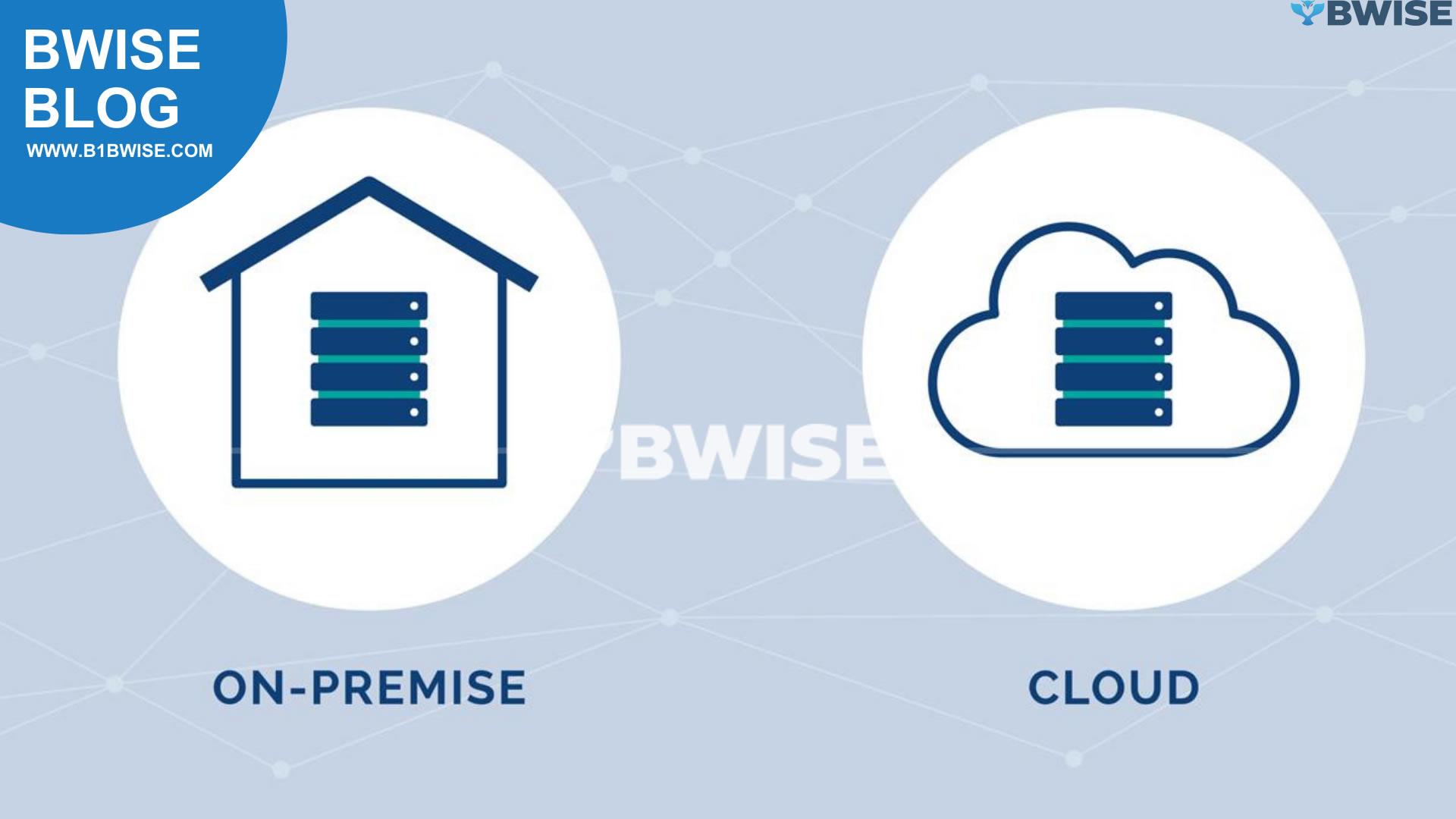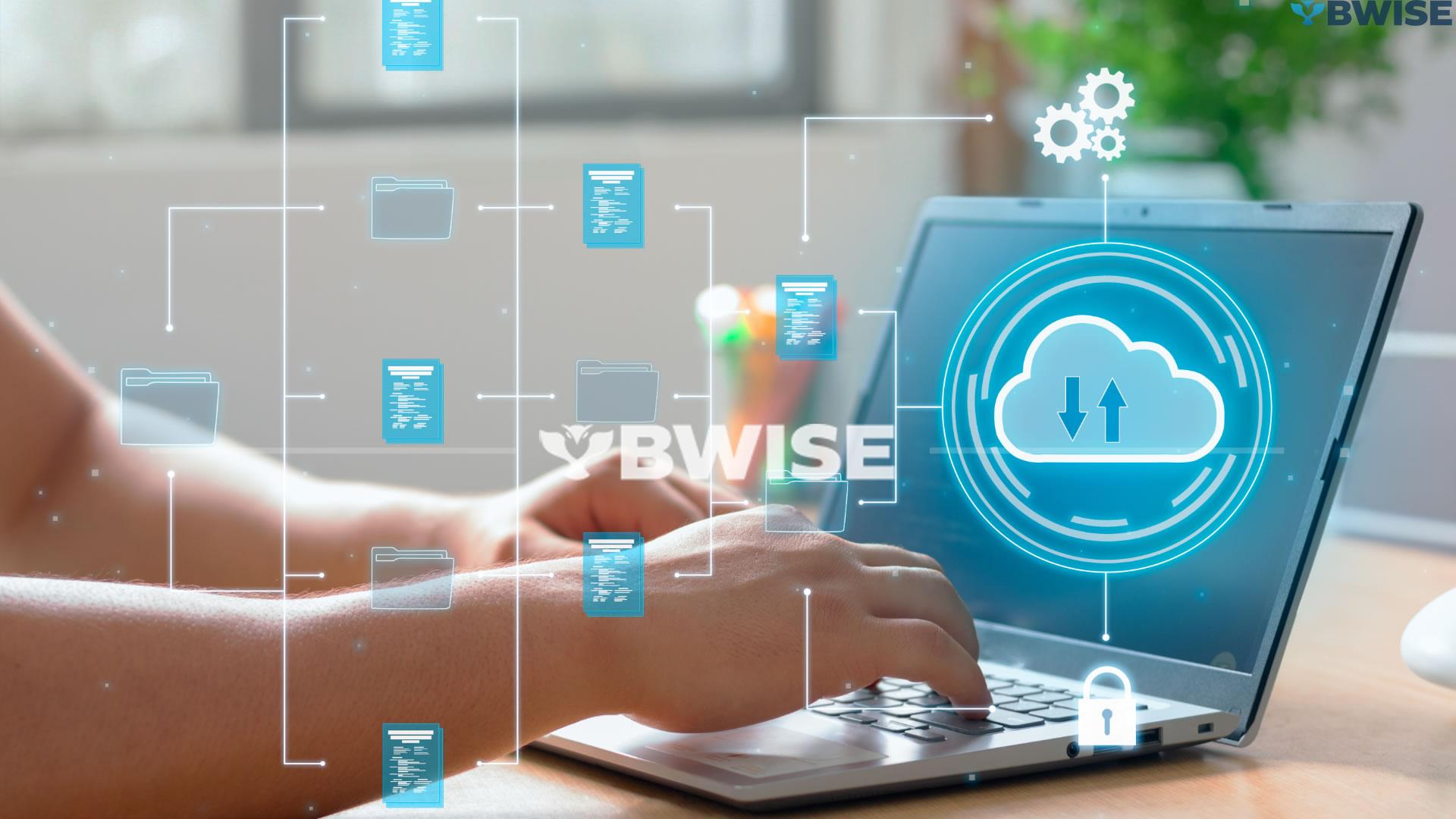In our swiftly evolving commercial realm, firms must make a choice: Cloud-based or on-premises options? Let’s delve into key considerations while juggling these alternatives. The goal? To guide you to a solution that synchronizes perfectly with your enterprise.

Key Takeaways
- Understand the differences between cloud computing and on-premises solutions
- Evaluate the benefits and drawbacks of each approach for your business
- Assess your industry-specific requirements and determine the optimal solution
- Explore hybrid and multi-cloud strategies for a flexible infrastructure
- Ensure a seamless cloud migration process and effective vendor selection
Understanding Cloud Computing
Cloud computing is shaking things up for businesses, big and small. It provides a handy way to keep, handle, and reach information. This tool allows businesses to grow smoothly and enhance their operations.
Cloud Models: IaaS, PaaS, and SaaS
There are three key types in cloud computing: Infrastructure as a Service (IaaS) , Platform as a Service (PaaS), plus Software as a Service (SaaS). IaaS offers virtual servers, storage, and networking on a need basis to businesses. This allows them to scale their IT framework when required.
PaaS makes it easy to create, examine, and launch apps without handling IT matters. SaaS brings software applications via the cloud. It is a convenience because these can be accessed from any device that’s online.
Benefits of Cloud Computing
Cloud computing is a boon for businesses. It offers flexibility to scale up or shrink according to requirements. Hence, firms can promptly respond to shifting demands.
Not only does cloud computing save money, but firms do not need to worry about large initial expenses or maintenance costs. Plus, it opens doors to data and apps. This enhances team collaboration, irrespective of location.
The On-Premises Approach
Cloud computing is taking off, yet there’s still room for on-site software and data centers. These provide the flexibility and control businesses require. This is a key factor for numerous firms.
Holding the reins on data and infrastructure is a major advantage. Firms with confidential information or operating in stringent sectors like banking or medical fields highly favor this. They store their information in their own hubs to ensure optimum safety and adhere to regulations.
On-premises also means better performance and less delay for some apps. Apps needing quick data or lots of bandwidth do well here. With everything in-house, workflows run smoother, and delays are less of a problem.
Yet, in-house systems can be tricky. You need a savvy IT crew and cash for tech and programming refreshes. Businesses must weigh the give-and-take between power and the added expenses and hurdles.
Deciding on cloud vs. on-site can be based on a business’s specific requirements. Consider things like safeguarding data, capacity, and resource management. Making the best choice aids in smoother operation.

Cloud vs On-Premises: Key Considerations
Deciding on cloud vs. on-site can be based on a business’s specific requirements. Consider things like safeguarding data, capacity, and resource management. Making the best choice aids in smoother operation.
Cost and Scalability
Storing data on cloud systems can usually cost less than owning personal servers. It is straightforward, with a just pay for what you use deal, and the capacity to effortlessly adjust your resources. Major corporations though, may find the long-term use of the cloud pricey.
On-premises solutions cost more upfront but can be cheaper overall for some businesses. They might be a better choice if you have a lot of data or need specific features.
Security and Compliance
Choosing between cloud and on-premises? Safety and rules matter a lot. Cloud services? Oh, they have tight security and stick to the rules. For data safety, though, there’s a catch. You and the service guys both have to work at it. On-premises systems, meanwhile, are a different story. You get more say in safety and rule-following. Be warned though! You need more skill and stuff to keep it running smoothly.
Choosing cloud or on-premise hinges on your company’s requirements, financial plan, and risk tolerance. Evaluate the expense, growth ease, safety, and regulation. Then, you can pick the most suitable choice for your business aims.
Evaluating Your Business Needs
Choosing the right cloud or on-premises solution for your business is crucial. You need to understand your company’s unique needs and what your industry demands. This guide will help you find a solution that fits your operational, regulatory, and performance needs.
Industry-Specific Requirements
Each sector has unique guidelines and demands. Take healthcare; they’ve got to stick to rigid privacy laws about data. Then there’s finance, where first-class security is necessary for shielding touchy details. We should really pay attention to the needs of our industry.
This thorough review guarantees that the chosen solution ticks all the crucial boxes. It is specific to how your business operates. With such a choice, your business enjoys present and future benefits. A tailor-made solution for your sector can enhance productivity, better uphold regulations, and provide a more trustworthy and stable tech framework.

Cloud vs On-Preme
Running your company’s tech? You’ve got a couple of options: the cloud-based approach or the old-school, on-site way. Choosing cloud or on-site can majorly impact your business’ efficiency, cost, and function.
With the cloud model, you get flexibility and scalability. It is often less costly. Instead of buying loads of hardware or hiring extra IT folk, you just use what you need when you need it. In contrast, on-premises offers a good deal of control and personalization. Yet, it is higher priced in the beginning and has continuing upkeep costs.
You decide if cloud or on-premises is right for your business based on your goals, your industry, and what you need to do. Let us think about healthcare or finance; they love on-premises. Why? Top-notch security and compliance! Now, consider those in industries that move quickly. They might favor the cloud. And who wouldn’t with its flexibility and saves your money?
Think about the pros and cons of each option to make a choice that fits your business goals. When deciding, consider factors like cost, scalability, security, and compliance. This ensures your IT infrastructure supports your business’s efficiency and strategic plans.
Hybrid and Multi-Cloud Strategies
In today’s fast-changing business world, companies often face tough choices about their IT setup. The cloud has many benefits, but some still want the control of on-premises solutions. Hybrid and multi-cloud strategies offer a way to get the best of both worlds.
Hybrid Cloud: The Best of Both Worlds
With a hybrid cloud solution, firms can pair they are in-house set-ups seamlessly with cloud offerings. This allows them to tap into the cloud’s rewards like expandability, adaptability, and cost-effectiveness. Concurrently, they ensure their own systems remain safe and manageable.
By moving workloads and data to the best place, companies can make their IT work better. This leads to a custom solution that meets their exact needs.
A multi-cloud approach takes it up a notch. It enables businesses to harness services from multiple cloud vendors simultaneously. This allows more backup options, improved efficiency, and the opportunity to capitalize on each cloud’s specialties. It drives overall system robustness and adaptability.
The digital world brings hurdles for businesses. To handle these, hybrid and multi-cloud strategies have become a top choice. These strategies allow firms to maximize cloud computing benefits while maintaining a hold on their crucial systems and data.
Data Migration and Integration
Switching from an on-site system to a cloud-based one is tricky and crucial. Smooth data transition guarantees your cloud or on-site project wins. Here, we will peek at vital tips and top methods that make your cloud migration a breeze and a victory.
Seamless Cloud Migration
Shifting data to the cloud demands solid planning. Begin by assessing your data’s quantity and intricate nature. This aids in choosing the most suitable method for your data transfer, such as a phased or straight move. Ensuring accurate data mapping and transformation is key to a breezy transition to the cloud.
Consider how your current setups, both systems, and apps, will interact with the cloud. It is essential everything meshes smoothly to prevent hiccups in your business flow. Implementing cloud tools can assist in a smoother transition, cutting down on potential mistakes.
Yet, it is more than just gadgets. Communicate with your group and everyone involved and provide them good coaching. This aids in everyone’s easy transition into the new arrangement. By centering attention on folks and procedures, you gain wider support and less opposition to alteration.
Cloud Vendor Selection Criteria
Picking the best cloud provider is vital for your cloud system’s achievements. It is important to consider a few important things. For one, dependability of the service is key. You need a provider that is consistently functional, boasting a robust setup.
Protecting your data is key. When you use cloud services, your info is being shared. Choose a company that values high safety levels. They should also assist with your company’s compliance demands.
Cloud vendor’s customer service is crucial. Competent support crews resolve issues fast. Think about the vendor’s adaptability and range too, along with their growth compatibility with you.
Consider these aspects when searching for a cloud provider that matches your company’s requirements. Diligent research is crucial for an efficient cloud setup. This guarantees your cloud aids your company’s expansion and improves operations over time.
Achieving Operational Efficiency
Living in a quick-moving world, fully utilizing cloud and on-premise computing is crucial. Whether you opt for cloud or on-premise does not change things. It is vital to closely review and handle your IT resources for maximum use.
Optimizing Resource Utilization
Always monitor the allocation of your resources for better management. Tweak your computing capabilities, storage, and networking based on data analysis. This helps balance your resource usage – not too excessive or too minimal.
Be ready to adapt by planning your resources. Monitor your tasks for changes to remain flexible and productive. Use tools that can do tasks for you to enhance your productivity. Make routine tasks like regulating resources and scaling automatic to reduce hands-on work and mistakes.
Keep a close eye on your expenses to ensure efficiency. Adopt strategies such as reserved instances and spot pricing to cut down costs. Align your resource utilization with your business necessities; it is a smart way to pocket some savings and propel your return on investment higher.
Future-Proofing Your Business
Technology keeps changing, so it is key to pick a solution that grows with your business. Think about how cloud or on-premises options fit with your long-term goals. Make sure your infrastructure can handle contemporary trends and support your business’s flexibility.
Choose cloud platforms or on-premises systems that are flexible and scalable. They should also work well with innovative technologies. This lets your business quickly adapt to market changes and grow. By doing this, you keep up with technology and stay ahead in the market.
The best solution for your business does more than just meet today’s needs. It should also be ready for the future, growing with your company. By thinking ahead, you make a smart choice that helps your business stay successful and agile.
Conclusion
The choice between cloud and on-premises solutions is key in today’s changing business world. By looking at the factors we have talked about, companies can pick the best option for their needs. This choice helps them succeed overall.
Cloud computing has changed how businesses use technology. It offers more scalability, cost savings, and easy access. On the other hand, on-premises software gives more control and customization. It is good for companies with special needs or strict security rules.
Choosing between cloud vs on-premises should be based on knowing your company’s goals, resources, and what it needs to do. Finding the right mix of flexibility, security, and cost savings can help your business technology work its best. This leads to success over time.
